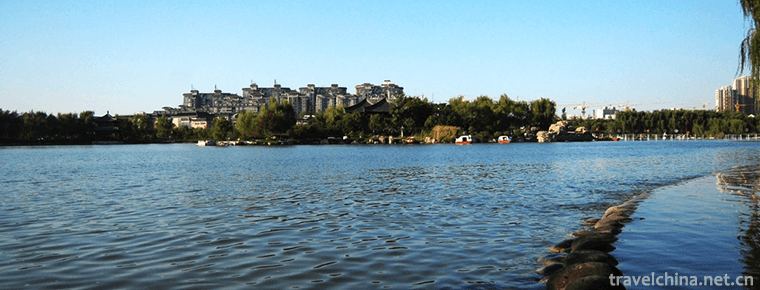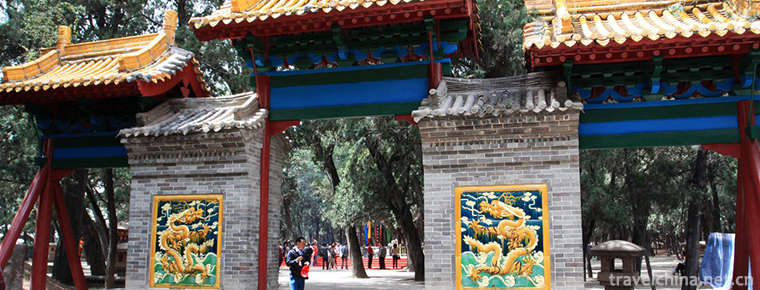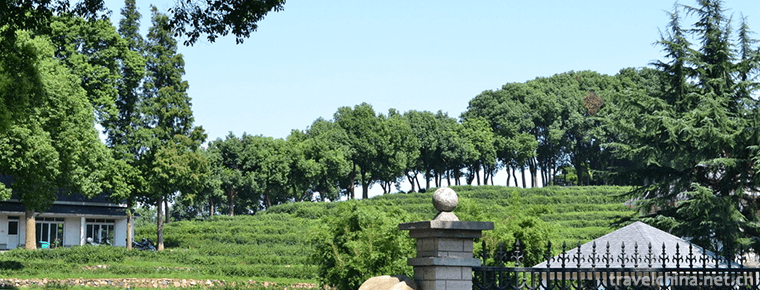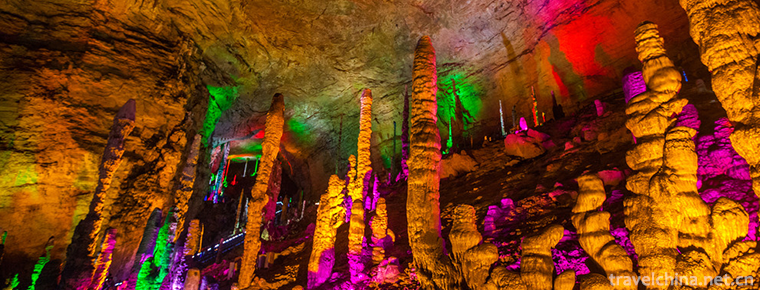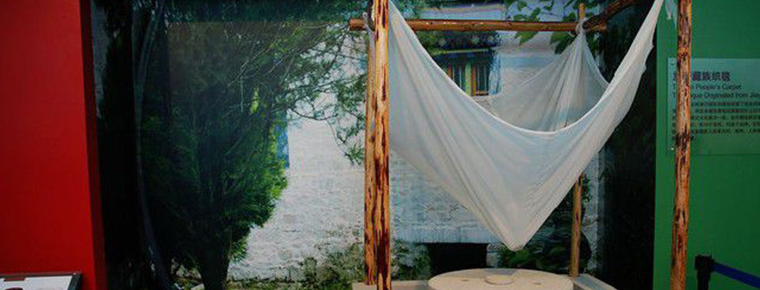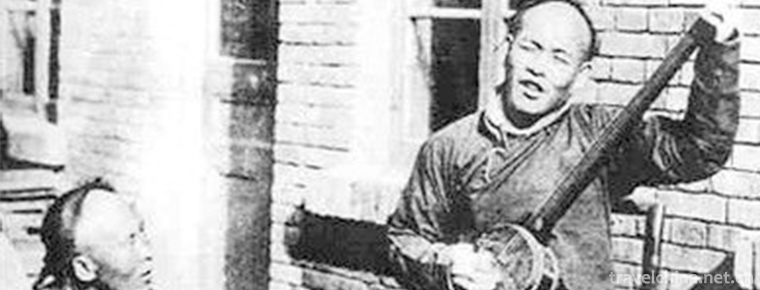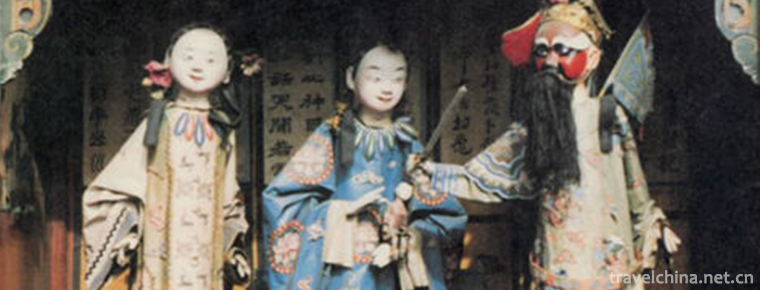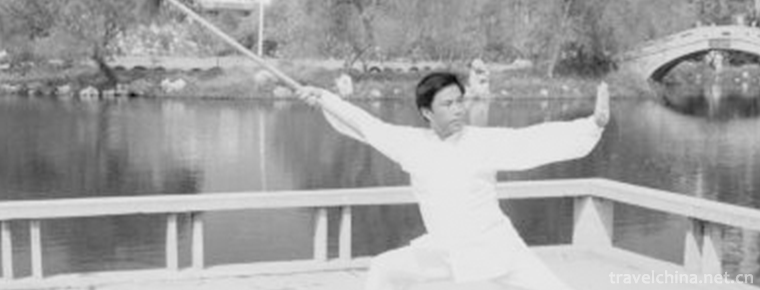The origin of Panzhihua
The origin of Panzhihua
Panzhihua is located on the Bank of Jinsha River. It was originally named shangxiaba village. It was formed around the 8th year of Tongzhi reign of Qing Dynasty (1869). Because there is an old and tall Panzhihua tree at the entrance of the village, it is called "Panzhihua village".
The name of Panzhihua village was first found on the map, which is the general information collection of Ningzhi counties (Yanbian county) in the compilation of Sichuan kangbian government materials published in April of the 29th of the Republic of China (1940).
On February 5, 1965, the CPC Central Committee and the State Council officially approved the establishment of Panzhihua special zone. On April 22, in order to facilitate confidentiality, the State Council issued the "reply on the issue of renaming Panzhihua special zone", which agreed to rename Panzhihua special zone as "Dukou city". On March 4, Chairman Mao Zedong wrote in the report on strengthening the construction of Panzhihua Industrial Zone, presented by Lv Dong, Minister of metallurgical industry, and Xu Chi, commander-in-chief of Panzhihua special zone: "this is very good." Therefore, Panzhihua City designated this day as "Panzhihua development and construction Memorial Day", that is, Panzhihua City establishment day.
On January 23, 1987, with the approval of the State Council, Dukou city was renamed "Panzhihua City".

The origin of Panzhihua
-
South Lake
Nanhu, formerly known as Luweichi Lake, also known as Machang Lake and Luanhu Lake , is located in Nanhu District, Jiaxing City, Zhejiang Province
Views: 258 Time 2018-12-07 -
Huangdi Mausoleum Scenic Area
Huangdi Mausoleum is the tomb of Xuanyuan Huangdi, the ancestor of the Chinese nation. It is the only Huangdi Mausoleum recorded in Historical Records.
Views: 177 Time 2018-12-12 -
Sheshan State Forest Park
Shanghai Sheshan National Forest Park was approved by the Ministry of Forestry in June 1993. It is located in Songjiang, an ancient city in the western suburbs of Shanghai. It covers an area of 401 he
Views: 141 Time 2018-12-22 -
The Yellow Dragon Cave huanglong Cave
Located in Wulingyuan Scenic Area, the core scenic spot of Zhangjiajie City, Hunan Province, Huanglong Cave is an integral part of the World Natural Heritage Site and Zhangjiajie World Geopark
Views: 262 Time 2019-01-18 -
Production Techniques of Lhasa Jiami Water Mill
Jiami Water Mill was built in the 17th century A.D. It shows the outstanding ability of Tibetan people in mechanical manufacturing and grain processing. It makes full use of natural spring water to gr
Views: 340 Time 2019-05-10 -
Ningxia Xiaoqu
Ningxia Xiaoqu, a national intangible cultural heritage project, is a traditional rap art form with strong local characteristics.
Views: 238 Time 2019-06-08 -
Pingyao Shage Player
Pingyao Shage Opera, commonly known as Shage Renren, also referred to as Shage, is one of the traditional handicraft techniques in Pingyao, Shanxi Province. Because it was usually placed in the cabine
Views: 246 Time 2019-06-09 -
Qinghai Han Minority Folk Minor
Qinghai Han folk minor is one of the genres of Chinese folk songs. Generally speaking, it refers to folk songs and dances popular in town fairs. Through the spread of the past dynasties
Views: 466 Time 2019-06-10 -
Yuejiaquan
Yuejiaquan is one of the traditional Chinese boxing which has been handed down completely in China. It was founded by Yue Fei, a national hero, according to his own learning and combating with the ene
Views: 184 Time 2019-07-16 -
down the mountain Yao Bu Yao Mai Cai Tik Tok Songs 2020 Hot Songs
"Down the mountain" is composed by Zhu bin. Yao Bu Yao Mai Cai to sing. It was released on November 22, 2019
Views: 156 Time 2020-05-21 -
Yibin special dishes
Yibin people like noodles most, such as stewed chicken noodles, salty and fresh noodles, sausage noodles, beef noodles, Beijing sauce noodles, mushroom noodles, three fresh noodles, spicy chicken noodles, eel noodles, Longfeng noodles. Among them, burnin
Views: 89 Time 2020-12-18 -
Cultural undertakings in Guangan
As of 2019, there are 5 radio and TV stations and 2 Radio and TV stations in Guang'an City. The comprehensive coverage rate of broadcasting is 99.7%, and that of television is 99.8%. There are 7 public libraries, 21 theatres and theatres, 4 museums an
Views: 354 Time 2020-12-19
